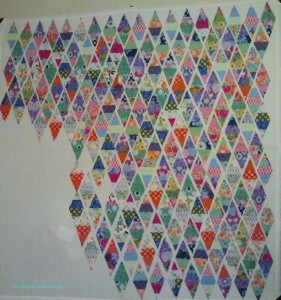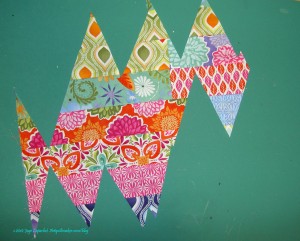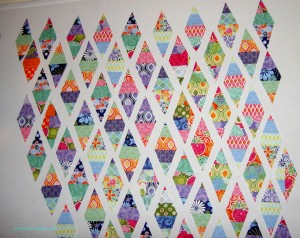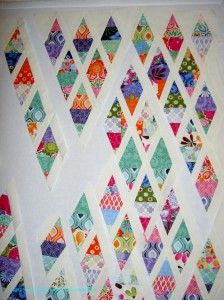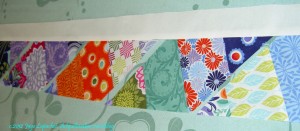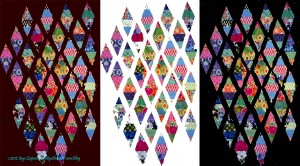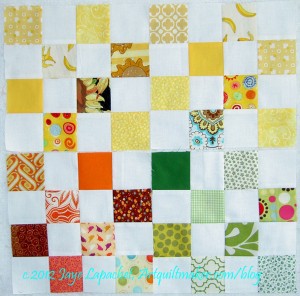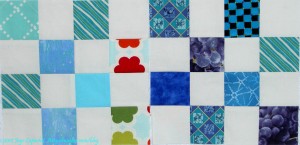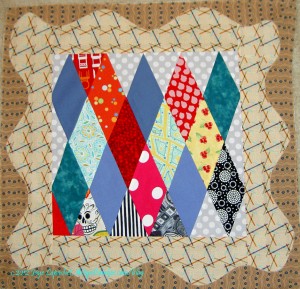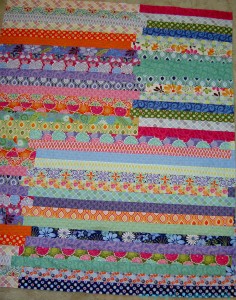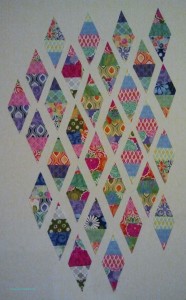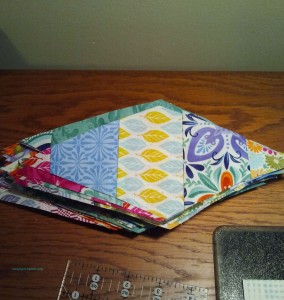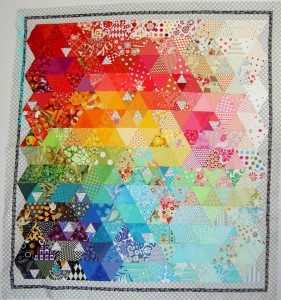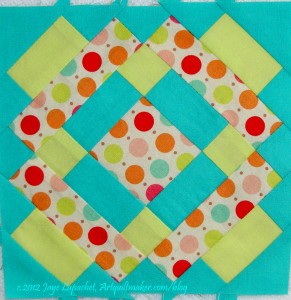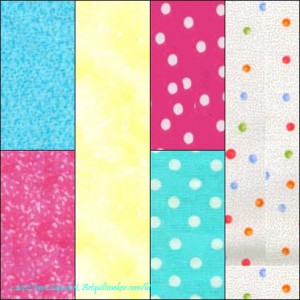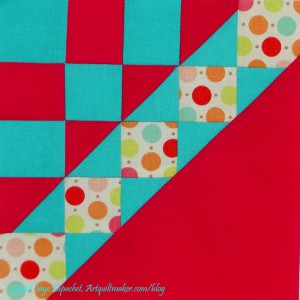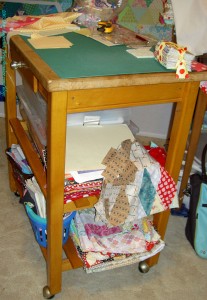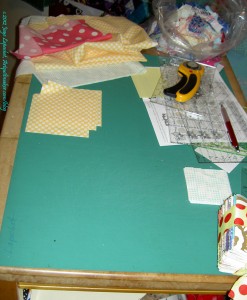I couldn’t resist posting something fun for Leap Day. We teased The Young Man about girls asking him out today. I wonder if anyone will? He is quite handsome, though I know I am biased.
OK!
Back to the task at hand and your regularly scheduled programming: quiltmaking news and info.
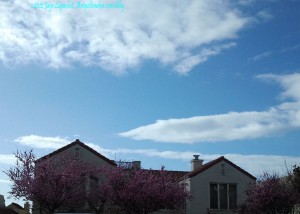
Quilt World News
Terri Thayer of Ocean Waves fame has a new serial on her blog called Tales of the Quilt Shop. Been dying for more of Terri’s tales? Tales of the Quilt Shop is a unique 8 month web-based series. A block of the month AND a story of the month all in one package.
There will be a Modern Quilt Showcase at the International Quilt Festival in Houston and the organizers are calling for entries. This is an interesting website as it shows some quilts from the Modern movement’s founders and attempts to define modern quilting. The deadline is March 2, so get busy.
Did you see the new (at least to me!) newsletter? It showed up in my inbox earlier this month. Short, sweet, great photos. Check out SEWN Europe.
Did you hear about QuiltCon? February 21-24, 2013. The first modern quilt conference, sponsored by the Modern Quilt Guild will be held in Austin, Texas. Denyse Schmidt will be the keynote speaker. Janome, Robert Kaufman, Michael Miller and Stash Books are all listed as sponsors. There are events, workshops and lectures, but the information is a little sparse. They, apparently, have a newsletter to provide information as it comes out.
There was an article on February 9, 2012 (a Thursday) in the Contra Costa Times about Alex Anderson called “TV show, books, designs — Livermore quilter has built quilting empire” by Beth Jensen. There are photos of her quilts, her as well as background shots of quilts, etc.
Katie of Katie’s Quilting Corner has a great interview with Kimberly Einmo. I wasn’t very interested, because of the whole pre-cuts thing. I liked it, because Kimberly was very articulate, she shared tips for beginning and experienced quiltmakers alike, talked about her books, her process and generally came across sounding very articulate. Kimberly designs rulers. I love rulers. I don’t have any of her rulers. Katie was very well organized and professional. There are some photos on Kimberly’s site and more on Katie’s site.
Starting in March, Two Accordions will be conducting a monthly Quilt Lab. What is a Quilt Lab, you ask? Come and work on projects and get our guidance and help, meet other quilters and textile enthusiasts! Good and creative times will be had! Quilt Lab will be held upstairs at University Art on Marconi Ave in Sacramento.
Fee: $10.00 per Lab Session
Dates: Sunday, March 4th
Sunday, April 15th
Sunday, May 6th
Sunday, June 3th
Sunday, July 1th
Sunday, August 5th
Time: 12:30 pm – 3:30 pm
Location: UArt Sacramento North, Marconi Avenue
Bring your project and your sewing machine
Check out more on their website. Thanks to my SIL for passing this along.
Refresh
Adrianne of Little Bluebell Blog fame is hosting an ironing board cover sew-a-long. Need an ironing board cover to match your curtains?
I am so happy! I just heard from my quilter that she will be back in March and may be able to quilt some quilts for me. YAY!!! Her husband is in remission and that is the really GREAT news.
There are a lot of different parts of my house that need to be refreshed. I think these storage boxes would help. I need to make one to test the pattern.
Brain Pickings has a series of fairy tale posters posted. The artist has distilled the fairy tales down to a few images and has done a masterful job. The colors are a bit lumpy, but if I think of the longevity of the tales, I guess the colors fit. Thanks to Tanesha of the CraftyGardenMom blog and podcast for the link.
Some very fresh and fun quilts are posted at QuiltStory.
Color Color Color!!! Post at StashBlog.
Tech
Katie, of Katie’s Quilting Corner fame, talks about the changes coming to Blogger in March. This blog no longer lives on Blogger, but if you are you might want to listen to her podcast and investigate these changes more thoroughly.
There was an article about art quilts and Physics in Handeye magazine called When Physics and Textiles Collide. Yes, we are everywhere! The article, by Kate Findlay, talks about the beautiful and inspiring patterns and colors generated by the Large Hadron Collider in Switzerland. She has worked on a series of quilts from these designs since 2008 The article talks a little about working in series, a subject near to my heart, and how she is starting to branch out from the original format of the series. To view more of Kate’s work, please visit http://art.findlays.net. She will be exhibiting these works in Reading, Oxford, Henley on Thames, Basingstoke and at the Festival of Quilts at the NEC in Birmingham in 2012 – all dates and times listed on the website.
Crafts
A librarian colleague of mine was just laid off. Her firm was merged with a much larger DC firm and all of the managers and much of the staff in the local office was laid off. This coincided with the annual ‘check in’ on a list of which we are both members. I took the opportunity to check in with her personally and found out that she has a knitting pattern business and a blog! She has really nice photos on her blog and I aspire to achieve that level of cleanliness in my photos.
Craftsmanship/Good Technique
Weeks Ringle writes “My last bit of advice on this is to not think of craftsmanship as an all or nothing proposition. My first quilt in 1987 had mediocre craftsmanship but but aim was to get a little better with each project.” in her blog post from February 22, 2012. I am not sure what she means, earlier in the post, about aligning seams, but throughout the post she talks about fixing issues as you go along and doing sewing tasks right the first time. I really believe this, in case you hadn’t noticed. I think that good technique is REALLY important, but I also think Weeks says it really well and gently. I just wish I knew what aligning seams meant? She must be referring to something I call by a different name, right?
Gretchen has some great tips about making a group quilt. If you are part of (or leading) a raffle team quilt project, you might want to read her words of wisdom.
Other Artists
I thought I was alone in my quest to bring order to commercial fabrics, but Katie from The Blue Chair posted a quilt that looks like it could fit into my Fabric of the Year series. I haven’t been following the making of this quilt, but am interested to go back and investigate her motivations.
